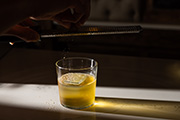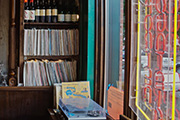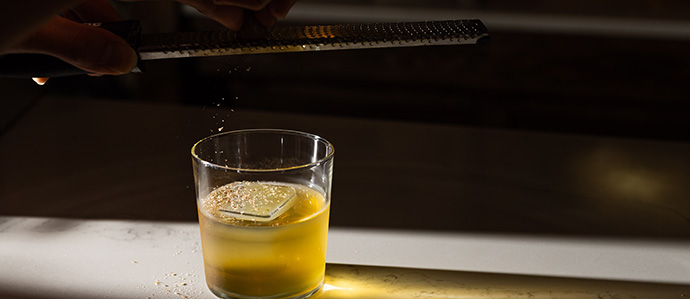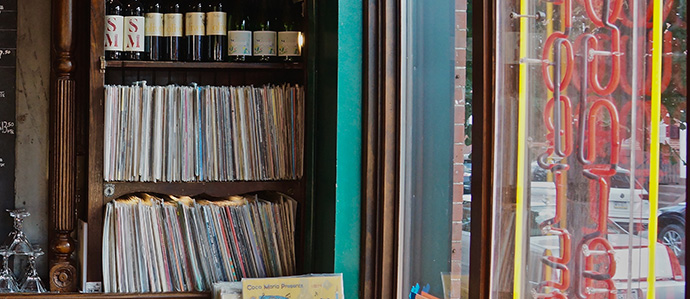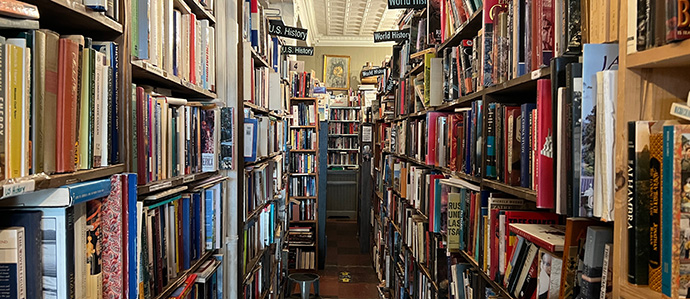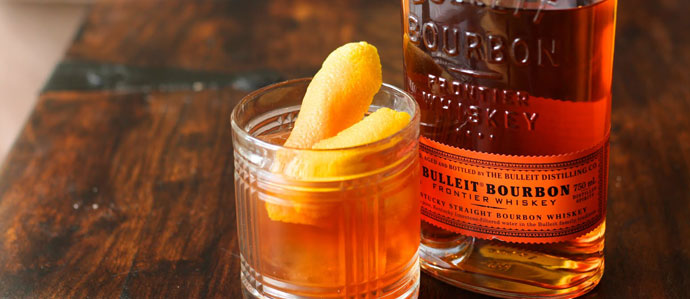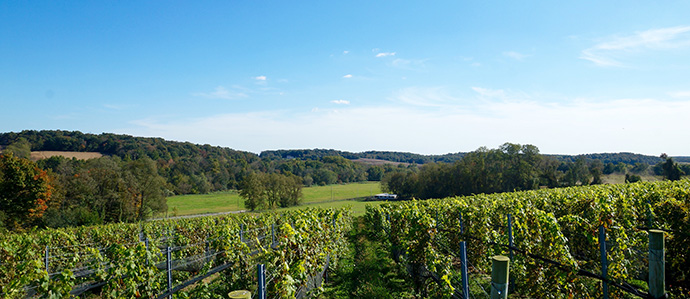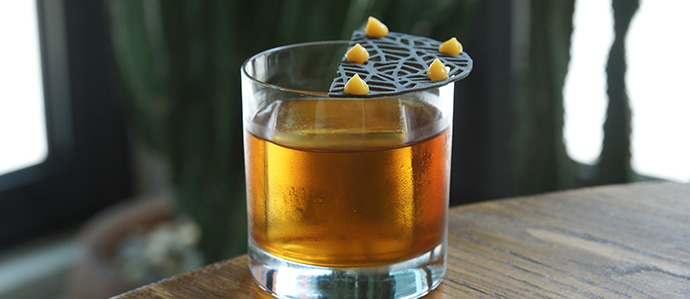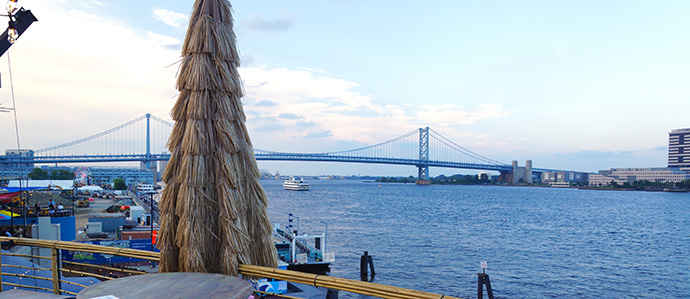Eastern European Vodka Taste Test: Akvinta vs. Black Sea vs. Russian Standard
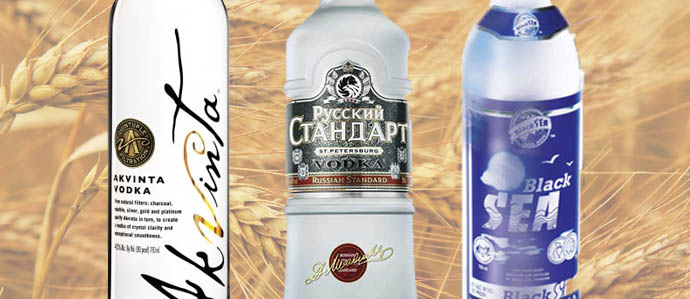
Vodka as we know it was born in Eastern Europe (some say Russia and others say Poland), and the clear spirit’s moniker is a diminutive form of the Slavic word for water, voda. In a time where companies are making vodka out of everything from pineapples to quinoa and flavoring it to taste like cupcakes and whipped cream, it’s easy to feel nostalgia for the days when vodka was made from common grains and had to have a Russian-sounding name to be taken at all seriously.
Even as many new vodka brands have sprung up in the wake of the collapse of the Soviet Union, Eastern European vodkas have largely stayed true to the classic style. They continue to be made from winter grains like rye, winter wheat and barley, delivering a dry vodka with just a whisper of an earthy rasp. I decided to assemble a few notable younger brands for a side-by-side blind tasting.
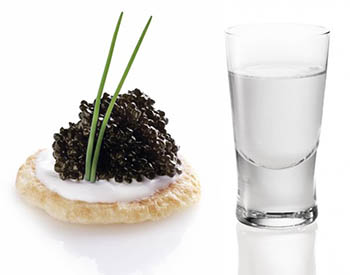 From Mother Russia, I selected Russian Standard Original (the “regular” bottling), a reasonably priced ($25) post-Soviet brand that has been gaining a lot of traction in the U.S.
From Mother Russia, I selected Russian Standard Original (the “regular” bottling), a reasonably priced ($25) post-Soviet brand that has been gaining a lot of traction in the U.S.
The second contender was Black Sea, a value-priced vodka from Estonia that’s distilled and sold exclusively to Trader Joe’s by Liviko. (The Estonian distiller was actually founded in 1898, but only recently began producing Black Sea.) Perhaps because of the exclusive distribution deal, you can find a bottle for less than $15.
Lastly I chose Akvinta, a relatively new vodka from Croatia, part of the former Yugoslavia. Akvinta calls itself “the first Mediterranean luxury vodka,” and is distilled five times, then charcoal-filtered, and for mysterious reasons (known only to marketers of “luxury” items), it is also “filtered” with marble, silver, gold and platinum. Lately Croatia and Slovenia have been working hard to align themselves more closely with Italy, the EU and the Adriatic Sea, and in this case it seems to be working. Akvinta has had some early success in the US and sells for the relatively reasonable price of around $25 a bottle.
I performed a taste test without knowledge of what vodka was in which glass, sipping them neat and on the rocks. Here are the results:
Third Place: Black Sea
Country: Estonia
Alcohol: 40% ABV
Distilled from: grain (undisclosed)
Price: $15
Black sea doesn’t suck. It’s inexpensive and reasonably well made, but in addition to the grain-and-cream notes that plant it firmly in the Russian/Polish style, there are some blowsy alcohol aromas. The alcohol sticks out a bit on the finish as well, and it simply lacks the distilling refinement of the other two. You could certainly do worse for the money, but I’d recommend Black Sea as a mixer rather than as a sipping vodka or martini call.
Second Place: Akvinta
Country: Croatia
Alcohol: 40% ABV
Distilled from: Italian wheat
Price: $25
Akvinta is stylistically a bit different from Russian Standard and Black Sea. Maybe that’s because it’s made solely from wheat, and has a softer, fruitier, more lemony profile akin to Svedka or certain American vodkas. The lemony, mildly herbaceous aromas initially reminded me of Pine Sol, but this product is well made and has great richness on the palate, finishing with a fresh lemon zest note. It certainly wouldn’t be a bad choice on the rocks with a twist, and is perfectly suited for use in juice-based cocktails.
First Place: Russian Standard
Country: Russia
Alcohol: 40% ABV
Distilled from: winter grains
Price: $25
Established in 1998 by billionaire entrepreneur and banker Roustam Tariko, Russian Standard has become a major player in Russia and the U.S. and is sold in over 70 countries. This brand is exactly what I look for eastern European vodka. The nose is bright and keenly focused with complex notes of rye, white pepper and licorice. It’s spicy, but smooth in the mouth with subtle caraway and rye notes that finish without any clumsy excess alcoholic heat. Well on its way to becoming a modern classic.







